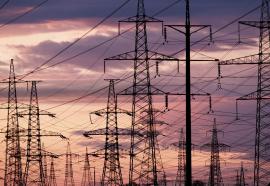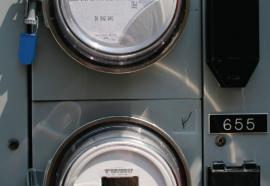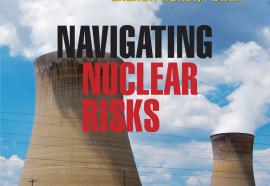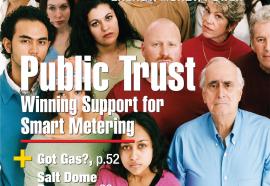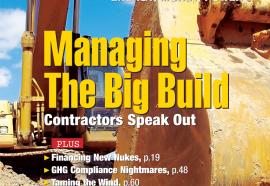Rewiring America
T&D investments prioritize reliability and load growth.
A massive T&D system build-out is starting, but more needs to be done. Executives from Northeast Utilities, Pepco Holdings and ITC Holdings discuss improvements needed for reliability, capacity, security, smart-grid and demand-response measures, as well as accommodating wind and green-energy quotas.

